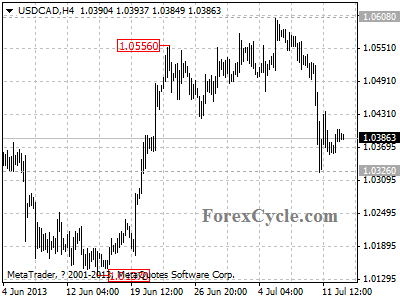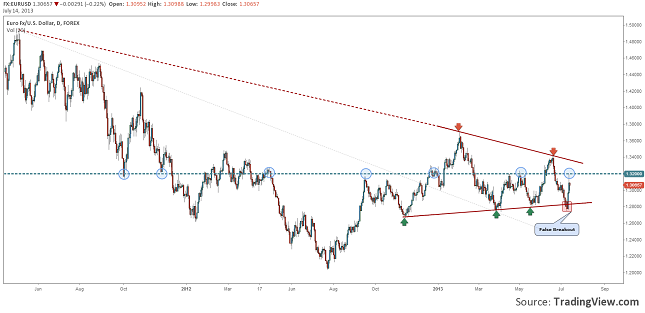Well, what did we tell you?
If you need a reminder, we told you not to panic.
We told you not to sell stocks…in fact, we told you to buy stocks.
And it’s a good thing too. The main Aussie index has regained about half the ground it had lost from the May peak.
So, are you paying attention yet?
When we say not to panic, and to focus on the important things, we don’t say it for fun. We say it because we know what we’re talking about. We’ll take you back to the Winter/Spring of 2005 to explain what we mean…
By the middle of 2005 we had been bullish on crude oil for well over a year. It was why we had advised our clients at the time to buy oil stocks.
It was a good move. Oil stocks were going through a purple patch. At the time, crude oil was around USD$50 per barrel. That was almost double where it was two years earlier.
Our view was that oil had a big risk premium built into the stock price and that was only likely to increase as political risk worsened in the Middle East, and demand for crude oil increased from the US and China.
What we hadn’t banked on was the advent of a ‘little storm’ called Hurricane Katrina and the impact it would have on oil production in the Gulf of Mexico. Few others understood the impact either.
Would that be good news for oil and oil stocks? Or would lost production time harm the earnings of oil stocks and cause the sector to fall?
You’d think it would be easy to figure that out and move on. But investors can be funny souls. The only thing on investors’ minds during the next year was when the next hurricane would arrive and if it would cause as much damage.
We remember at the time that CNBC almost turned into the Weather Channel as pundits eyed-off the next major storm. There seemed to be disappointment every time the weather guys downgraded a potential Category 5 storm to a puny 2 or 3.
On it went. Even after the hurricane season finished, all the talk was of a repeat in 2006. For many investors it became an obsession…
Lightning Didn’t Strike Twice Here
Anyway, to cut a long story short, as you know there wasn’t a repeat of Hurricane Katrina. The 2006 Gulf of Mexico hurricane season came and went without another terrible storm.
Maybe it’s just a coincidence, but from that point – once investors realised Hurricane Katrina Mk II wasn’t on the way – stock prices took off. They barely looked back as the bull stock market rallied to the November 2007 peak:
So, what does this have to do with today’s stock market action?
From late 2005 through to mid- to late-2006 investors were almost literally waiting for lightning (or a hurricane) to strike twice.
They remembered the last disaster that had buffeted stocks about and wanted to make sure they were prepared in case a similar disaster struck again. They sure didn’t want another hurricane to catch them out…only, the hurricane never came.
Not the ‘Big One’ anyway. And you know what? With the 2006 hurricane season over, investors weren’t about to wait on the sidelines for another hurricane that might not come.
As we see it, investors are about to make a similar switch. For the most part they’re still looking back at 2008, afraid that another subprime style catastrophe is about to hit…but not for long. For the past year, while they’ve focused on bond yields and interest rates, they’ve missed out on some great investment opportunities.
And they won’t want to make that mistake again…
Why You Can’t Afford to Sit on the Sidelines of the Stock Market for too Long
Look, we aren’t saying everything is fine. But it’s also important to keep things in perspective.
Sure, higher bond yields and interest rates could have an impact on the economy. We get the thinking behind that. But we also know there’s no guarantee you’ll see the impact this week, next month or even next year.
Think about it this way. Most people think the US subprime disaster was a product of the 2000′s. But it wasn’t. It all kicked off in the mid-1980s. In other words it took over 20 years for the full impact of subprime mortgages to wreak havoc on the US and world economies.
Or go back further. Some economists pin the blame for the 2008 crash on the manipulation of interest rates by the US Federal Reserve. Well, the Fed has manipulated rates ever since its creation in 1913.
If the 2008 crash really was the ultimate fault of the Fed, then it took 95 years for it to finally filter through to the markets. So who’s to say it won’t take 95 years for the current crisis to wreak havoc? OK, it doesn’t seem likely, but you can’t tell for certain until it happens.
All this is why we don’t want you hanging around waiting for lightning to strike twice.
It’s OK to be cautious. That’s why we don’t want you investing all your savings in stocks. But as we’ve explained many times in Money Morning, you’ve got to have some exposure to the stock market.
For all its faults, the stock market is still the best place to build wealth.
Yes, there are risks. But while most others have fretted over the supposed dangers of rising bond yields, we’ve kept on telling you to buy stocks. And a good job too as the Australian share market has rallied over 300 points in just three weeks.
So the next time you’re tempted to panic and sell the market, just stop for a moment and think. We’re still betting on the Australian stock market finishing the year at a level much higher than it is at today. We’d hate to think you missed out due to a rash decision.
Cheers,
Kris+
From the Port Phillip Publishing Library
Special Report: The Sixth Revolution
Daily Reckoning: Why You Should Back Your Own Personal Gold Standard
Money Morning: Money Weekend’s Technology FutureWatch 13 July 2013
Pursuit of Happiness: Make Sure You’re Not a Property Investing ‘Loser’







